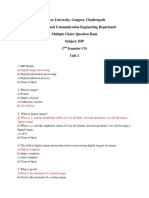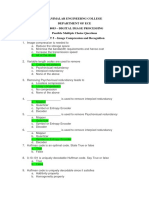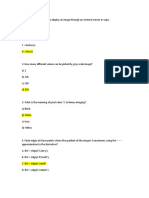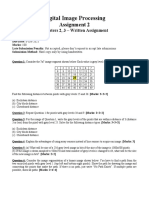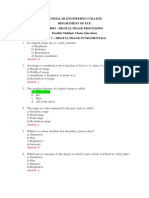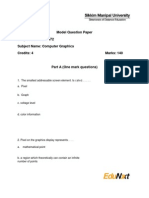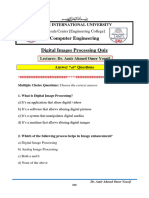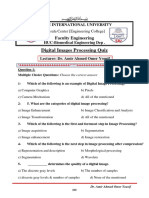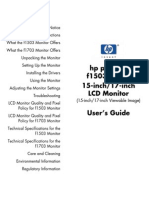0% found this document useful (0 votes)
1K views30 pagesDigital Images Processing Quiz - With Answer
DIP quiz with answer
Uploaded by
amir8ahamdCopyright
© © All Rights Reserved
We take content rights seriously. If you suspect this is your content, claim it here.
Available Formats
Download as PDF, TXT or read online on Scribd
0% found this document useful (0 votes)
1K views30 pagesDigital Images Processing Quiz - With Answer
DIP quiz with answer
Uploaded by
amir8ahamdCopyright
© © All Rights Reserved
We take content rights seriously. If you suspect this is your content, claim it here.
Available Formats
Download as PDF, TXT or read online on Scribd
/ 30


